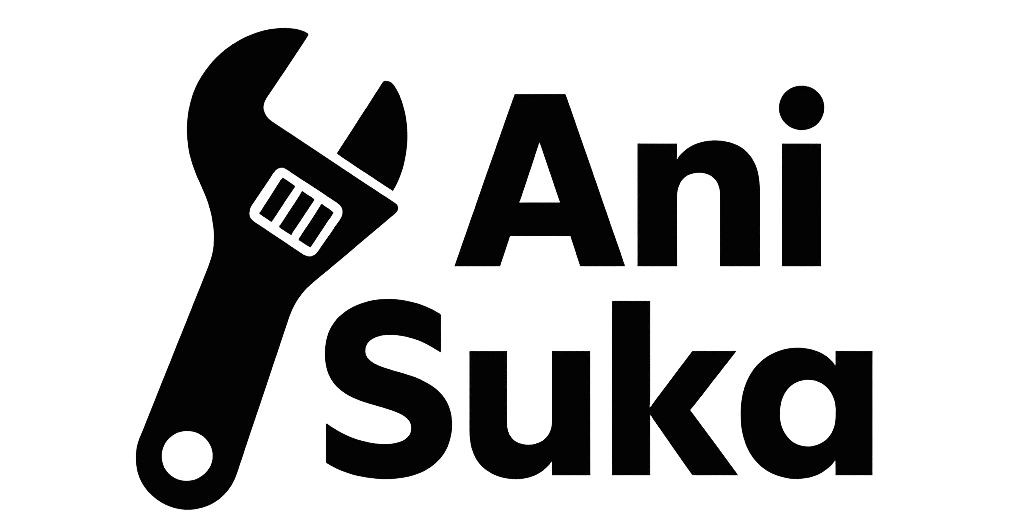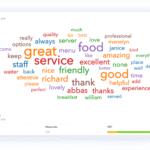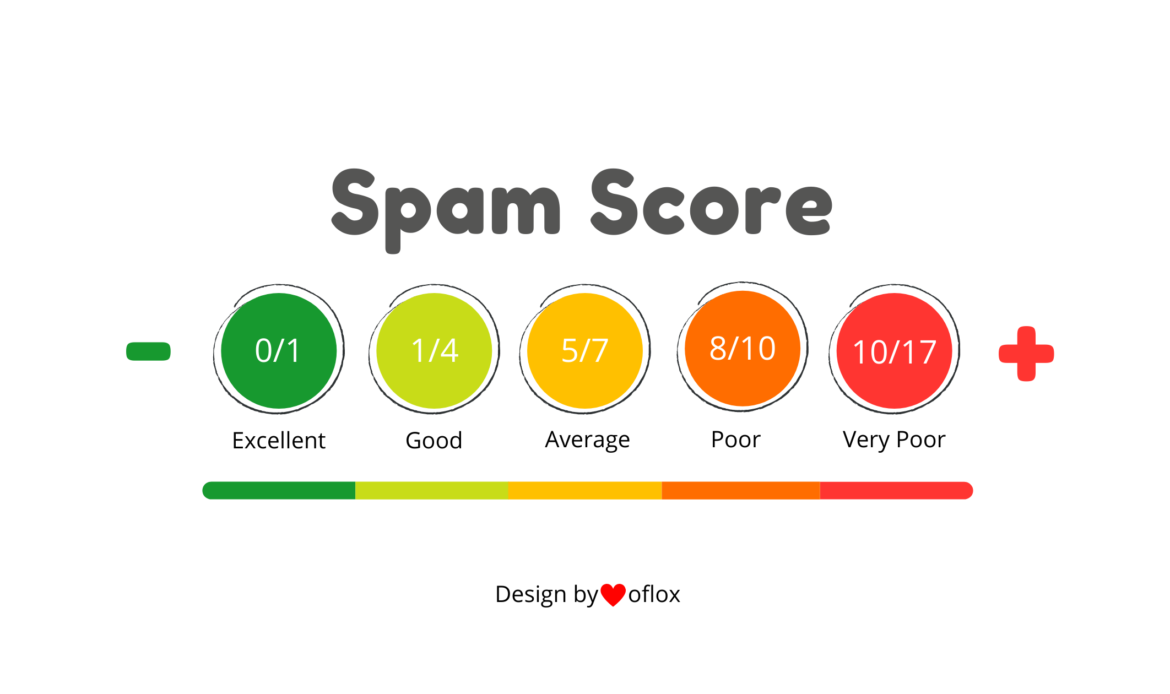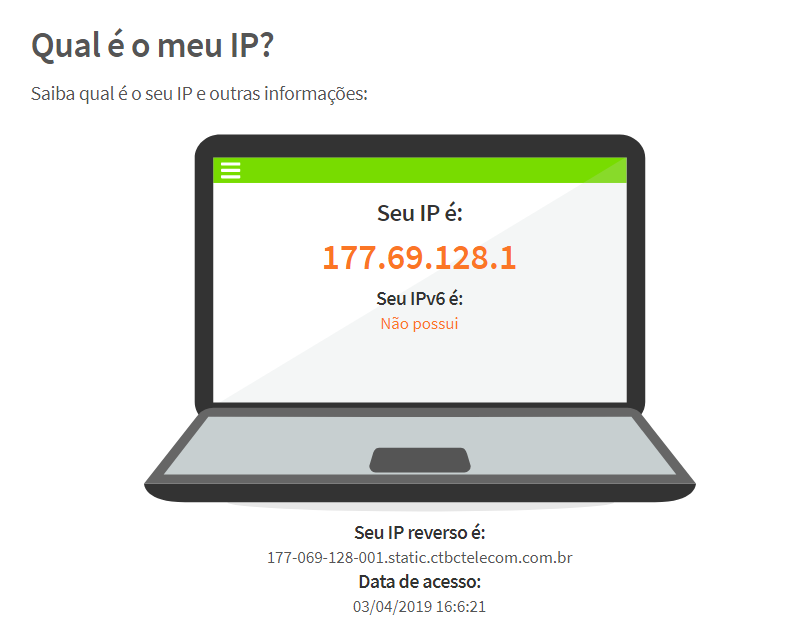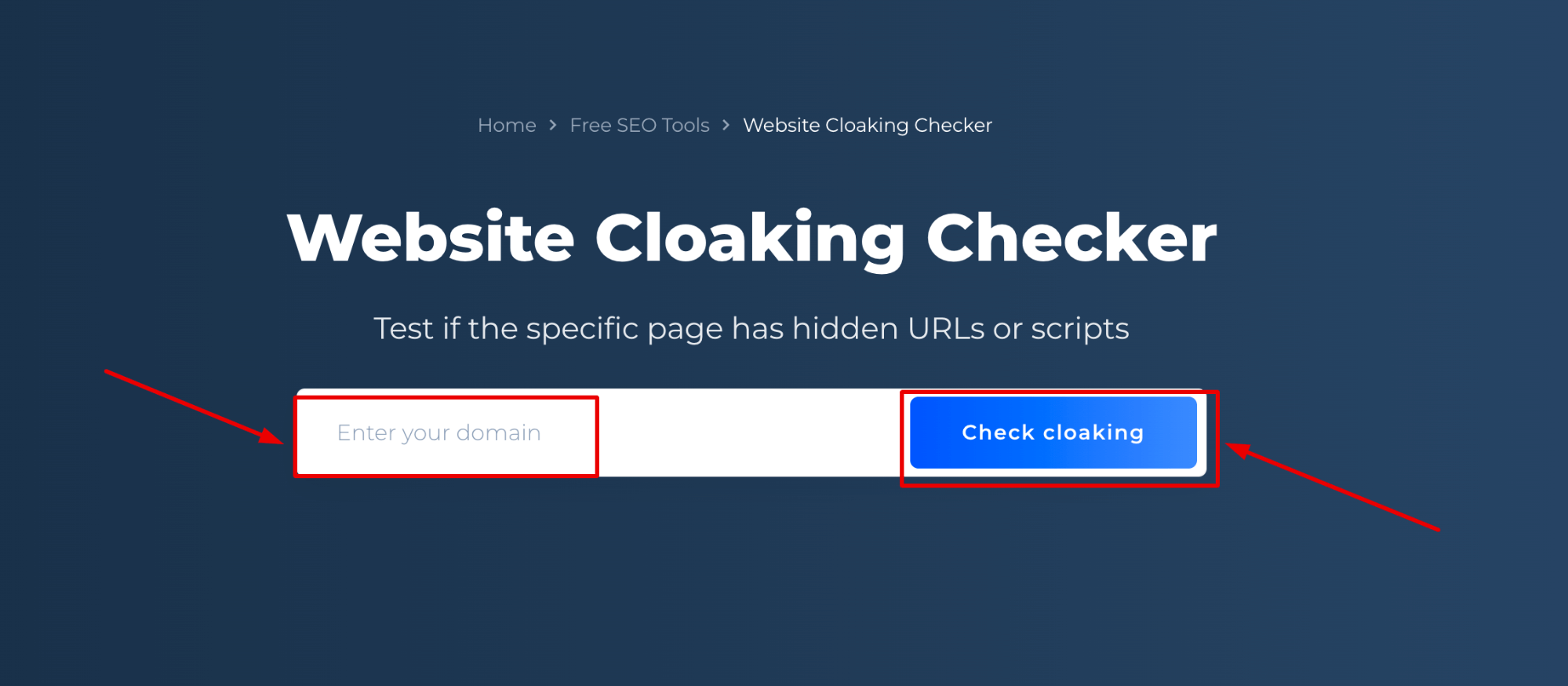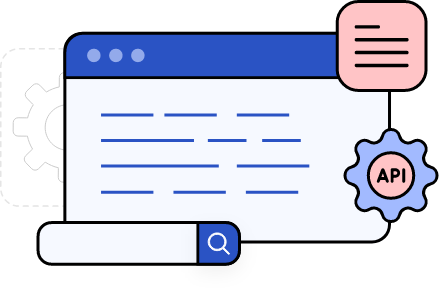Understanding the intricacies of SEO is crucial for maintaining a healthy online presence, with the Spam Score Checker playing a vital role in this process. As digital landscapes grow, the relevance of such tools becomes even more pronounced, catering to the needs of a broad spectrum of internet users.
Whether you’re a seasoned SEO professional or a budding webmaster, unraveling the mystery behind a website’s spam score is imperative. This score, often overshadowed by other metrics, could hold the key to safeguarding your site’s reputation and ensuring its future success.
What Is a Spam Score Checker?
At its core, a Spam Score Checker is a specialized tool designed to assess the potential risk of a website being penalized due to spammy content or associations. Developed by trusted entities like Moz, these tools scrutinize various spam indicators to provide a comprehensive analysis of your site’s link profile.
Employing complex algorithms, they dissect elements such as domain authority and backlink quality, offering a quantifiable spam score. This score serves as a gauge for webmasters and SEO experts to understand where their site stands in the eyes of search engines like Google.
When used effectively, the Spam Score Checker becomes an indispensable asset in the arsenal of digital marketers aiming to optimize their online strategies. By detecting potential threats early on, it allows for proactive measures to be taken, keeping a website’s SEO health in check.
Furthermore, the utility of these tools extends beyond mere assessment; they also guide the improvement of a website’s standing by highlighting problematic areas that require attention. Thus, they are much more than diagnostic instruments—they are guides towards a better, more credible online presence.
How Does a Spam Score Checker Work?
Spam Score Checkers operate by parsing through a plethora of factors that search engines consider red flags. These factors influence a website’s spam score—a numerical representation of its spam potential. Moz’s tool, for example, examines 17 distinct spam flags to calculate this score.

Users can typically enter multiple website URLs into the checker, which then processes these sites against its database of spam indicators. The ensuing report not only presents a score but also identifies specific issues contributing to the risk assessment.
By leveraging such tools, SEO professionals can gain insights into the quality of backlinks and the overall health of their site’s link profile. The analysis aids in pinpointing deleterious links that could be dragging down the site’s authority and trustworthiness.
It’s essential to understand that while no tool can guarantee absolute accuracy, Spam Score Checkers provide a valuable snapshot of potential vulnerabilities. They are a starting point for deeper investigations and remedial actions that can fortify a site’s defenses against search engine penalties.
Why Is a Spam Score Checker Important for SEO?
In the SEO realm, reputation is everything. A high spam score indicates a higher likelihood of being viewed unfavorably by search engines, which can lead to decreased visibility and traffic. Thus, regularly checking spam scores is integral to maintaining SEO health.
Moreover, the importance of these tools extends to competitor analysis. By examining the spam scores of competitors’ websites, one can gain competitive insights, understanding how their own site measures up and where they can capitalize on the weaknesses of others.
- It aids in identifying harmful backlinks that could be toxic to SEO efforts.
- It helps in maintaining a clean and trustworthy website profile.
- It provides actionable insights to improve SEO strategies.
The role of a Spam Score Checker is thus multifaceted, extending beyond mere assessment to becoming an active player in the pursuit of SEO excellence.
How To Use a Spam Score Checker Effectively?
Employing a Spam Score Checker requires a strategic approach to maximize its benefits. Begin by compiling a list of URLs—your own and your competitors’—and input them into the checker. Once the analysis is complete, don’t just note the score; delve into the details.

Identify which specific indicators are triggering red flags and prioritize them based on their potential impact. Some issues might be easy fixes, such as removing a spammy backlink, while others may need a more nuanced approach, like improving the overall content quality of your site.
Set up a schedule for regular checks to monitor progress and catch new issues early. This proactive stance ensures that you can respond swiftly to any changes that might affect your site’s credibility.
Lastly, don’t forget to integrate the insights gained with your broader SEO strategy. A low spam score is not just a goal but a signpost on the road to a robust, authoritative online presence.
Who Can Benefit From Using a Spam Score Checker?
The user base for Spam Score Checkers is broad and diverse, reflecting the vast landscape of the internet. At the heart of this user base are SEO professionals and webmasters, for whom these tools are virtually indispensable.
Bloggers, content writers, and digital marketers also stand to gain significantly from these checkers. By ensuring their content is not associated with high-risk websites, they can protect and even bolster their online reputation.
E-commerce businesses, too, can leverage these tools, as a clean link profile is essential for maintaining consumer trust and search engine rankings. In essence, anyone vested in the success of their online endeavors can find value in a Spam Score Checker.
From individual freelancers to large corporations, the applications of these tools are as varied as the users themselves, encompassing a wide range of online activities.

What Factors Influence The Spam Score?
Understanding the factors that contribute to a website’s spam score is crucial for effective mitigation efforts. Moz’s Spam Score Checker, for instance, evaluates a variety of elements including:
- Large numbers of external links in comparison to content volume.
- Low domain authority relative to the number of backlinks.
- A high percentage of backlinks with anchor text that is heavily optimized for keywords.
Other factors may include the presence of backlinks from domains that have been penalized or flagged by search engines, as well as patterns that mimic known spamming behaviors. By staying informed about these indicators, sites can better maneuver through the SEO landscape.
How To Reduce Your Website’s Spam Score?
Reducing a website’s spam score often entails a multi-faceted approach. Begin by auditing your backlinks and identifying any that come from questionable sources or exhibit spam-like characteristics.
Engage in quality content creation and natural link-building practices—these not only enhance your site’s value but also dilute the impact of any negative factors. Additionally, disavow links that are beyond salvage, signaling to search engines your intent to maintain a clean profile.
Implement regular monitoring and stay updated on what constitutes spammy behavior. Search engines continually evolve, and what may be acceptable today could be penalized tomorrow.
Also, focus on improving the overall user experience of your site. Factors such as site speed, mobile-friendliness, and user engagement can indirectly influence your spam score by affecting user behavior and perceptions.
Related Questions on Bulk Spam Score Checking
What Is a Spam Score?
A spam score is a metric used to estimate the likelihood of a website being penalized by search engines due to spammy practices or associations. It is typically presented as a percentage, with a higher score indicating greater risk.

The score is calculated based on a variety of spam indicators, such as the quality of backlinks and the authenticity of content. It is a predictive measure, prompting webmasters to take preventive or corrective action to secure their SEO positioning.
How Can I Check The Spam Score Of My Website?
Checking the spam score of your website can be done through free online tools provided by SEO platforms like Moz. Simply enter your site’s URL into the checker, and it will analyze your domain against spam indicators, returning a comprehensive report.
Be sure to review the results in depth, paying close attention to the specific issues flagged. These insights can guide subsequent steps to improve or maintain your website’s health and reputation.
What Are The Benefits Of Using A Spam Score Checker?
Using a Spam Score Checker offers numerous benefits, including protecting your site from potential penalties and ensuring that your SEO efforts are built on a solid foundation. It also aids in competitor analysis, helping you to understand the SEO landscape more fully.
Moreover, such tools can save time and resources by automating the detection of spammy links and providing actionable insights, enabling more efficient management of your online presence.
How Do Spam Scores Affect SEO?
Spam scores can affect SEO by signaling to search engines the trustworthiness of a website. Sites with high spam scores may experience lower rankings, reduced visibility, and ultimately, a decline in traffic and conversions.
It is therefore in the best interest of any website owner to maintain a low spam score, reinforcing their commitment to quality and credibility in the digital arena.

What Should I Do If My Website Has A High Spam Score?
If your website has a high spam score, take immediate action to analyze and address the underlying issues. Audit your backlinks to identify and remove any that may be harmful, and enhance your site’s content quality to improve your overall profile.
Utilize the disavow tool provided by search engines if necessary, and engage in best SEO practices moving forward. Continual monitoring and adjustments will be key to reversing the high spam score and safeguarding your site’s future.
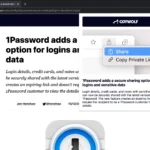 Open Graph Checker: Preview and Generate Meta Tags
Open Graph Checker: Preview and Generate Meta Tags